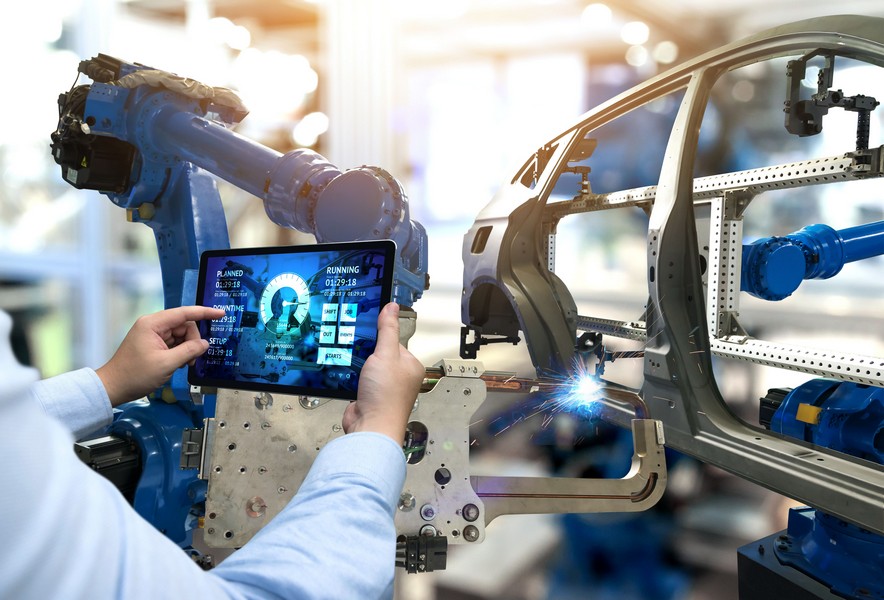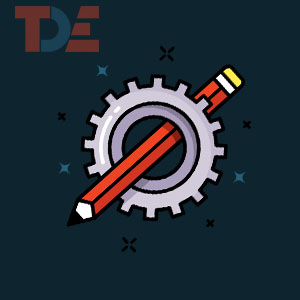Is Industry 4.0 the Next Big Step in the Evolution of Manufacturing?

Industry 4.0 is the next chapter in the digitization of manufacturing. While it cannot be called the next industrial revolution, it is certainly more than just a catchphrase.
The current developments, though not all are ready to be applied at scale, aptly highlight Industry 4.0. For instance, how robotics is combined with the processing speed of a computer, coupled with human interpretive capabilities, to deliver better results in manufacturing. In order to gauge Industry 4.0, and be accordingly responsive, four disruptions must be kept in mind:
- Rise in computational power, connectivity in the low-power wide-area networks, and data volumes
- Bolstering analytics could work in tandem with business-intelligence capabilities
- A transformed human-machine augmentation in areas concerning augmented-reality and touch interfaces
- And a seamless shift of digital instructions to the real world in the form of 3D printing and advanced robotics
However, most companies have been struggling with modern technologies for a while now. According to a McKinsey survey of 300 manufacturers in 2015, only 48% of the manufacturers were found to be ready for Industry 4.0, whereas 78% of the suppliers considered themselves prepared. Disparities like these are far-reaching, with the potential to even reorient the supply chain globally.
The advent of steam power and robotics soon rendered a majority of the industrial equipment obsolete in the ’ 90s and 2000s. Similarly, nearly half the machines today need upgrade to accommodate the Industry 4.0 disruptions. In this regard, the transformative impact of the recent technological disruptions like Big Data, advanced analytics, human-machine interface, and digital-to-physical transfer should be kept in mind.
As the traditional business model changes, incumbents are quick in recognizing these transformations and reacting to the challenges ahead. After surveying manufacturing suppliers, almost 84% reported to expect increased competition in the market in the near future. As the industry leaders gear up for the changes, there are three primary moves to be considered:
The first move is to collect more information and make good use of it. As of now, executives must look at a singular and uniform approach of which data is beneficial and what is causing the pain. The second move is to take Industry 4.0 into consideration as they will anticipate the company’s future. And last one is to get ready for a digital transformation. Industry 4.0 promises opportunities, and industrial player who are prepared for it and respond accordingly, will benefit from it.


 By
By 








